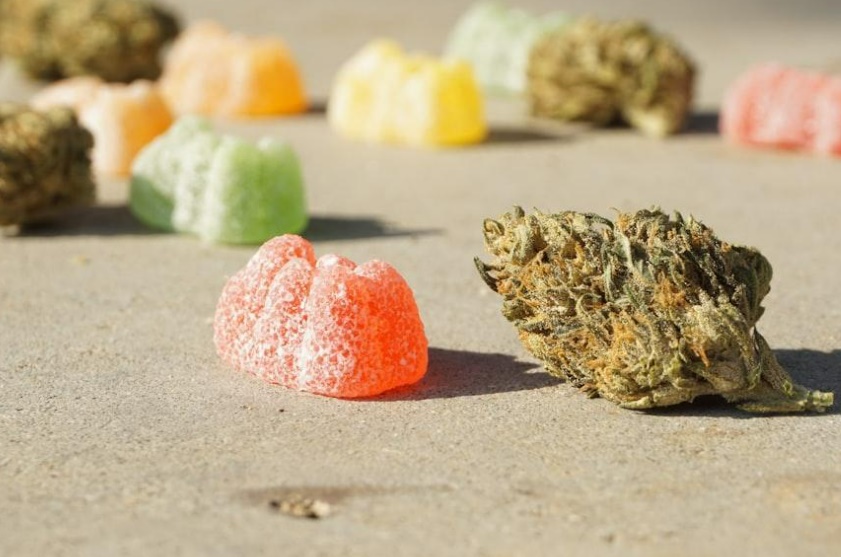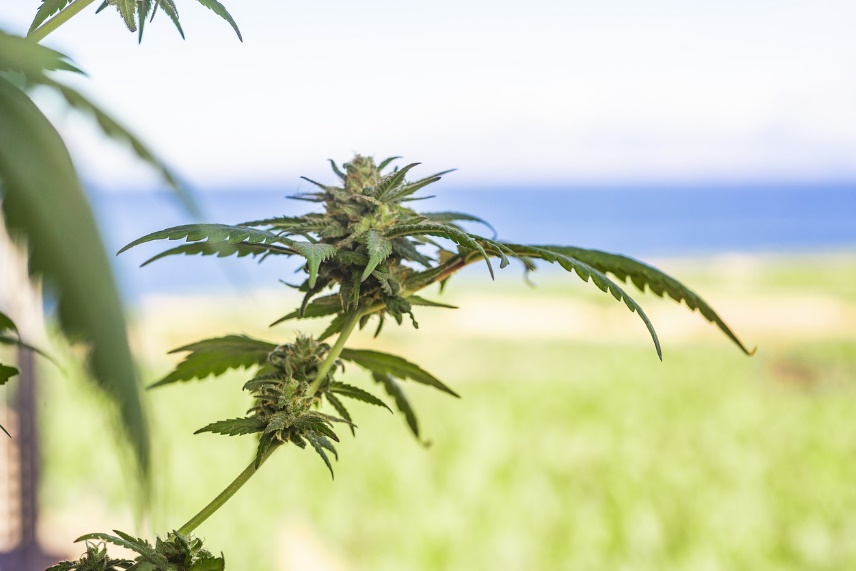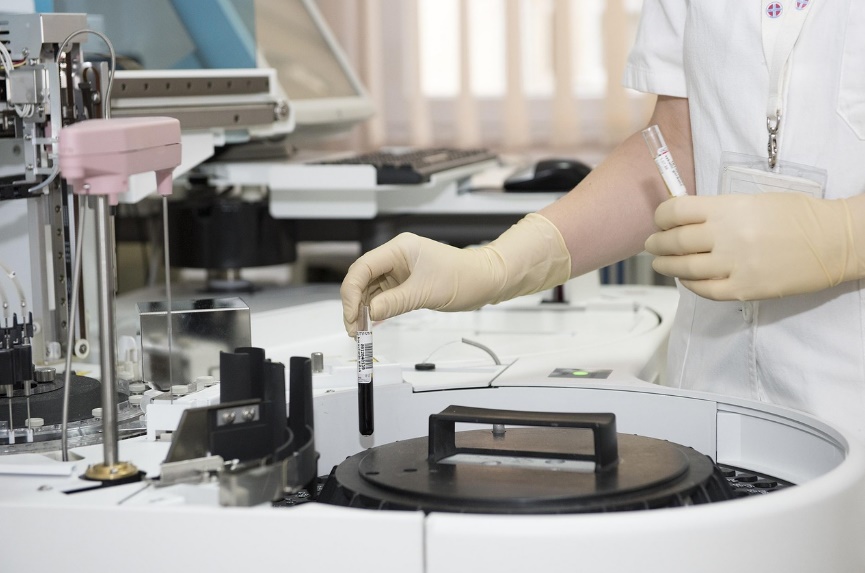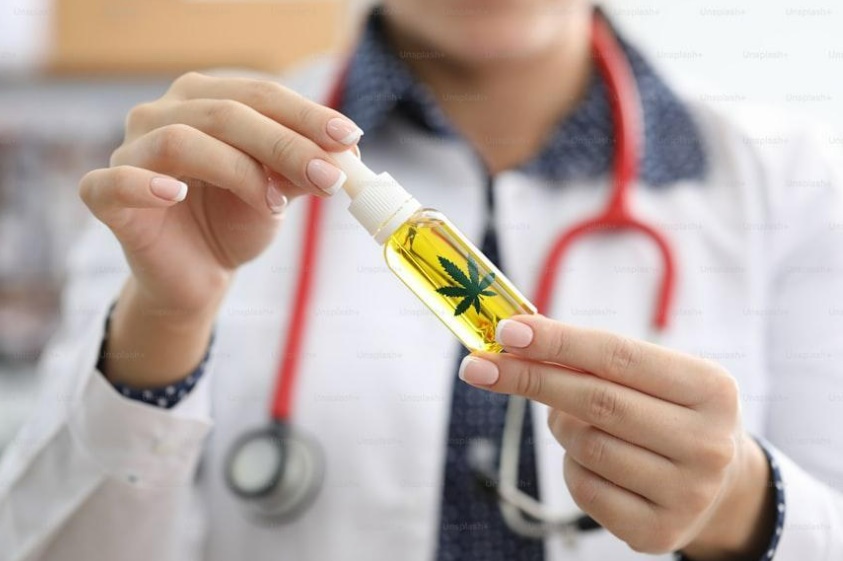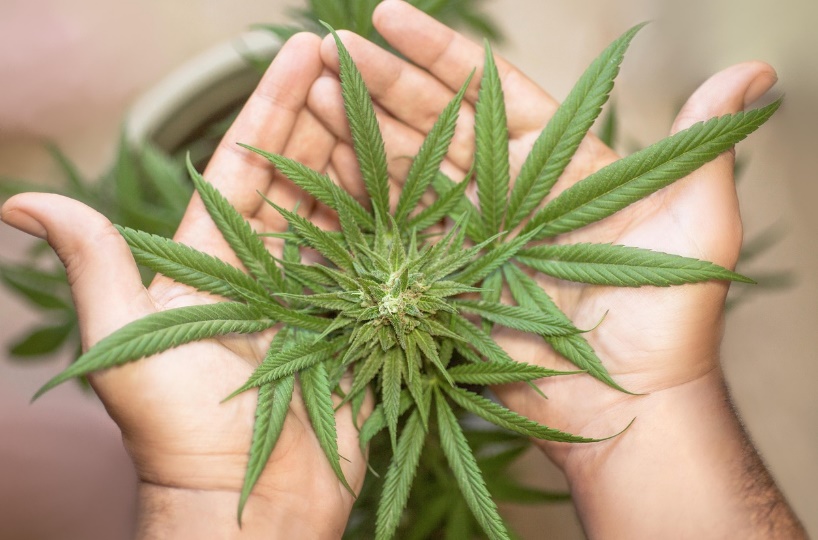
By Dr. Rocio Vargas Forero, Colombian Cannabis Doctor
Medical cannabis has become a valuable therapeutic tool for treating a wide range of health conditions, from chronic pain to anxiety and sleep disorders. Its two main active compounds, tetrahydrocannabinol (THC) and cannabidiol (CBD), have distinct effects on the human body. Although medical cannabis can provide both benefits, they can also produce side effects that are important to understand.
As a medical doctor specialized in medicinal cannabis, I’m pleased to share essential information about the side effects of THC and CBD. It’s important to understand that while both compounds come from the cannabis plant and may offer therapeutic potential, they interact with the body in different ways and therefore present different side effect profiles.
Side Effects of THC
THC is the primary psychoactive component of cannabis, responsible for the feeling of euphoria or the “high” that some people experience. It acts by activating cannabinoid type 1 (CB1) receptors in the brain and central nervous system. This interaction is responsible for the following common side effects:
Common effects:
- Cognitive alterations: THC can affect short-term memory, concentration, and judgment. These effects are usually temporary and dose-dependent, but can impair tasks that require focus and mental clarity.
- Anxiety and paranoia: In some individuals, especially at higher doses, THC may trigger anxiety, nervousness, or even paranoid thoughts.
- Dry mouth and red eyes: These are caused by reduced saliva production and increased blood flow in the eye’s blood vessels.
- Increased appetite: Often referred to as the “munchies,” this can be helpful in patients with appetite loss, but uncomfortable for others.
- Tachycardia: THC can temporarily raise heart rate, which may be risky for individuals with cardiovascular conditions.
- Impaired motor coordination: This can affect the ability to drive or operate heavy machinery safely.
Less common but significant effects:
- Temporary psychosis: In predisposed individuals, especially those with a family history of psychotic disorders, THC may trigger symptoms such as hallucinations or delusional thinking.
- Dependence: Although the risk is lower than with other substances, frequent and prolonged THC use may lead to tolerance and psychological dependence.
It’s important to note that the intensity and likelihood of these side effects vary widely among individuals and depend on factors such as dose, method of administration (inhalation, oral, etc.), product composition, and individual sensitivity.
Side Effects of CBD
Unlike THC, CBD is not psychoactive and does not produce euphoria. On the contrary, it has anxiolytic, anticonvulsant, and anti-inflammatory properties. Its mechanism of action is more complex and less direct on CB1 receptors, acting primarily through indirect pathways. CBD has a favorable safety profile, although some mild side effects may occur.
Common effects:
- Drowsiness: Especially at high doses, CBD can cause fatigue or sedation, which can be helpful for patients with insomnia but unwanted when alertness is needed.
- Gastrointestinal issues: Some individuals may experience diarrhea, nausea, or appetite changes (particularly with higher doses).
- Drug interactions: CBD can interfere with the metabolism of certain medications, especially those processed in the liver. This may affect the efficacy or side effect profile of other drugs.
Less frequent effects:
- Changes in liver enzymes: In some cases, elevated liver enzymes have been reported. Medical monitoring is advised for prolonged CBD use.
Conclusion
In summary, the therapeutic use of THC and CBD holds significant promise, but it is not without risks. THC is associated with more pronounced psychoactive and cognitive-physical effects, while CBD generally presents a milder side effect profile. The decision to use THC-rich, CBD-rich, or balanced formulations should be based on a thorough clinical evaluation that considers each patient’s specific needs, potential drug interactions, and existing contraindications. Dosage and route of administration are also crucial factors in minimizing risks and maximizing benefits.
It is essential that medical cannabis use be directed by healthcare professionals with expertise in cannabinoid medicine, who can provide guidance on dosing, formulations, and potential interactions. This medicine should come from one of Colombia’s weed dispensaries approved for Medical cannabis. Education and clinical monitoring are key to ensuring a safe and effective treatment.

